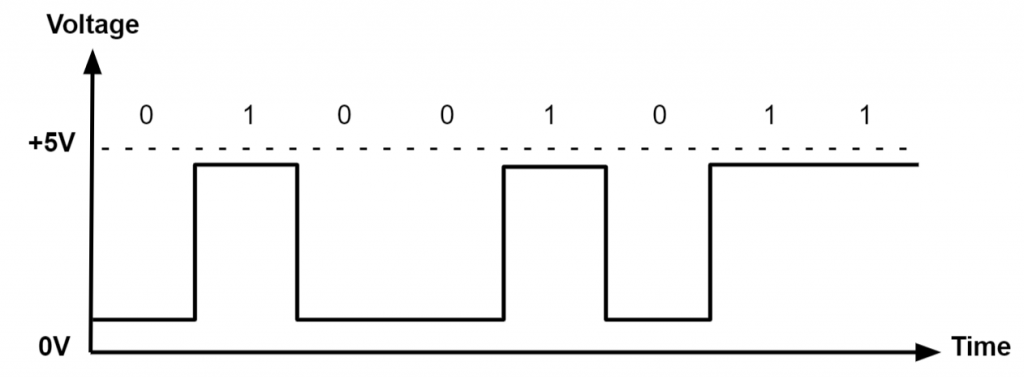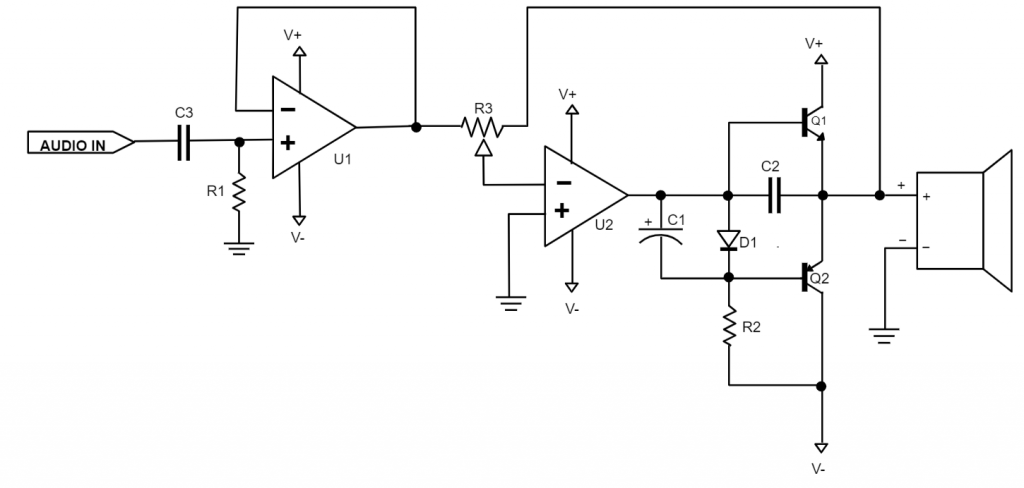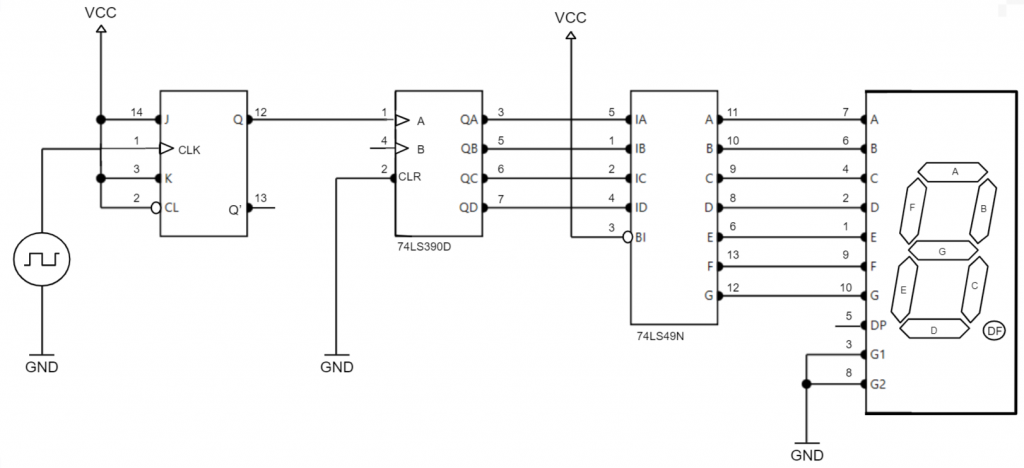A signals can be transmitted by electrical current or by electromagnetic waves. A signal is an electromagnetic or electrical current that carries data from one system or network to another. In electronics, a signal is often a time-varying voltage that is also an electromagnetic wave carrying information, though it can take on other forms, such as current. There are two main types of signals used in electronics: analog and digital signals. This article discusses the corresponding characteristics, uses advantages and disadvantages, and typical applications of analog vs. digital signals.
Analog Signal
An analog signal is time-varying and generally bound to a range (e.g. +12V to -12V), but there is an infinite number of values within that continuous range. An analog signal uses a given property of the medium to convey the signal’s information, such as electricity moving through a wire. In an electrical signal, the voltage, current, or frequency of the signal may be varied to represent the information. Analog signals are often calculated responses to changes in light, sound, temperature, position, pressure, or other physical phenomena.
When plotted on a voltage vs. time graph, an analog signal should produce a smooth and continuous curve. There should not be any discrete value changes (see image 1).
image 1
Digital Signal
A digital signal is a signal that represents data as a sequence of discrete values. A digital signal can only take on one value from a finite set of possible values at a given time. With digital signals, the physical quantity representing the information can be many things:
- Variable electric current or voltage
- Phase or polarization of an electromagnetic field
- Acoustic pressure
- The magnetization of a magnetic storage media
Digital signals are used in all digital electronics, including computing equipment and data transmission devices. When plotted on a voltage vs. time graph, digital signals are one of two values, and are usually between 0V and VCC (usually 1.8V, 3.3V, or 5V) (see image 2).
image 2
Analog Electronics
Most of the fundamental electronic components — resistors, capacitors, inductors, diodes, transistors, and operational amplifiers (op amps) — are all inherently analog components. Circuits built with a combination of these components are analog circuits (see image 3).
image 3
Analog circuits can be complex designs with multiple components, or they can be simple, such as two resistors that form a voltage divider. In general, analog circuits are more difficult to design than digital circuits that accomplish the same task. It would take a designer who is familiar with analog circuits to design an analog radio receiver, or an analog battery charger, since digital components have been adopted to simplify those designs.
Analog circuits are usually more susceptible to noise, with “noise” being any small, undesired variations in voltage. Small changes in the voltage level of an analog signal can produce significant errors when being processed.
Analog signals are commonly used in communication systems that convey voice, data, image, signal, or video information using a continuous signal. There are two basic kinds of analog transmission, which are both based on how they adapt data to combine an input signal with a carrier signal. The two techniques are amplitude modulation and frequency modulation. Amplitude modulation (AM) adjusts the amplitude of the carrier signal. Frequency modulation (FM) adjusts the frequency of the carrier signal. Analog transmission may be achieved via many methods:
- Through a twisted pair or coaxial cable
- Through an optical fiber cable
- Through radio
- Through water
Much like the human body uses eyes and ears to capture sensory information, analog circuits use these methodologies to interface with the real world, and to accurately capture and process these signals in electronics.
MPS makes a variety of analog ICs and components, such as the MP2322, a low IQ synchronous step-down converter in a tiny 1.5mmx2mm QFN package.
Digital Electronics
Digital circuits implement components such as logic gates or more complex digital ICs. Such ICs are represented by rectangles with pins extending from them (see image 4).
image 4
Digital circuits commonly use a binary scheme. Although data values are represented by just two states (0s and 1s), larger values can be represented by groups of binary bits. For example, in a 1-bit system, a 0 represents a data value of 0, and a 1 represents a data value of 1. However, in a 2-bit system, a 00 represents a 0, a 01 represents a 1, a 10 represents a 2, and a 11 represents a 3. In a 16-bit system, the largest number that can be represented is 216, or 65,536. These groups of bits can be captured either as a sequence of successive bits or a parallel bus. This allows large streams of data to be processed easily.
Unlike analog circuits, most useful digital circuits are synchronous, meaning there is a reference clock to coordinate the operation of the circuit blocks, so they operate in a predictable manner. Analog electronics operate asynchronously, meaning they process the signal as it arrives at the input.
Most digital circuits use a digital processor to manipulate the data. This can be in the form of a simple microcontroller (MCU) or a more complex digital signal processor (DSP), which can filter and manipulate large streams of data such as video.
Digital signals are commonly used in communication systems where digital transmission can transfer data over point-to-point or point-to-multipoint transmission channels, such as copper wires, optical fibers, wireless communication media, storage media, or computer buses. The transferrable data is represented as an electromagnetic signal, such as a microwave, radio wave, electrical voltage, or infrared signal.
In general, digital circuits are easier to design, but they often cost more than analog circuits that are intended for the same tasks.
MPS’s catalog of digital components includes the MP2886A, a digital multi-phase PWM controller with a PWM-VID interface compatible with NVIDIA’s Open VReg specification.
Summarize
Different types of signal transmission methods are also somewhat different. When we design ideas, we will consider which type of signal is more suitable for the needs. Digital signals require a decoder. The analog signal, on the other hand, can directly represent the audio.We are a signal product factory, researching and developing signal jammers.



